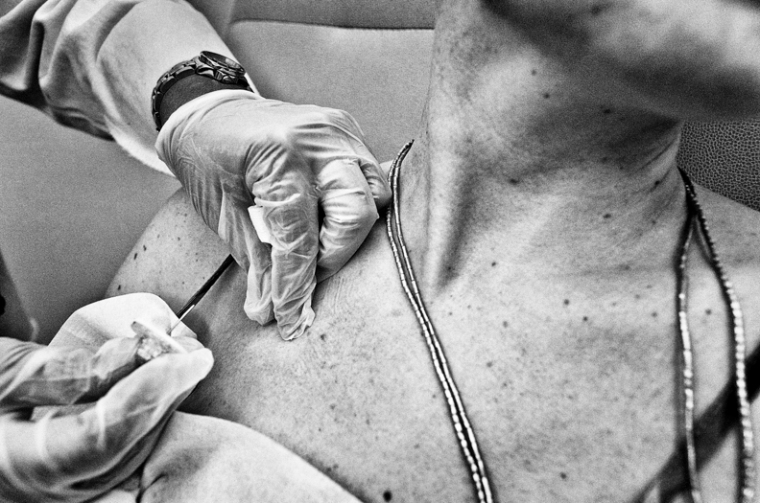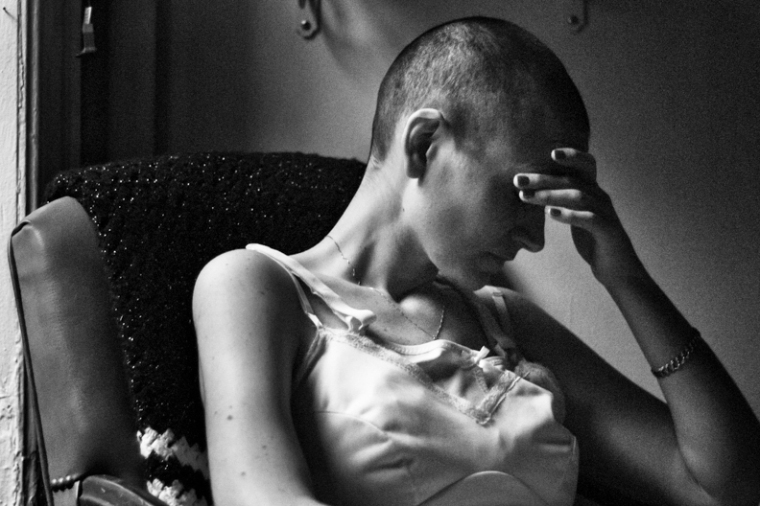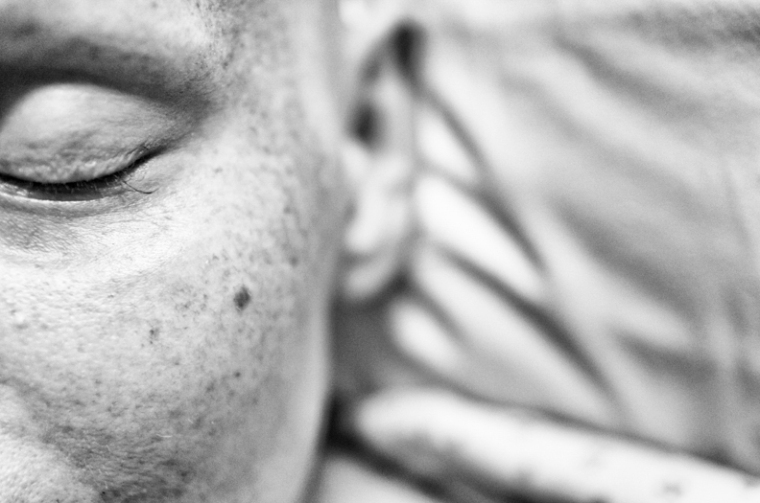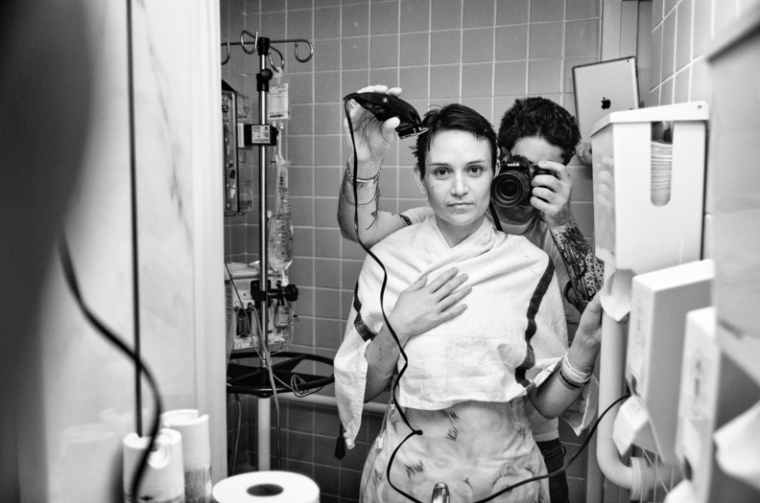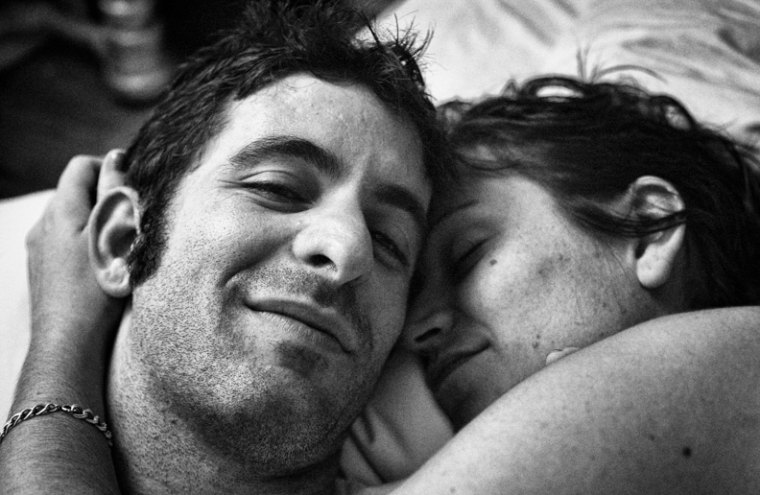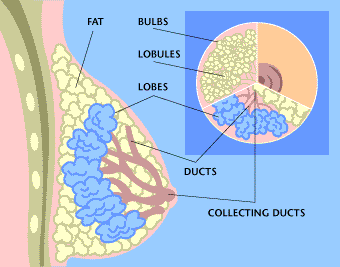What do partners of breast cancer patients care most about? In spite of what you may imagine or fear, studies show that the answer is simply this: Their loved one is alive and feeling well. The loss or alteration of a breast is almost meaningless in contrast. ‘I don’t care what they take from you as long as I can see your face’ is a common sentiment. Most caring partners (both men and women) see their lovers as having many parts to love, and as being more than the sum of those parts.
Nobody is promising there won’t be ups and downs. While you’re worrying about feeling less attractive, your partner is also dealing with worry, anxiety – and maybe even guilt, wondering: ‘Could I have been responsible? Could I in some way have contributed to the cancer? Will I become radioactive if I touch her, if I touch her breast? Is her cancer contagious?’ And (probably feeling guilty or frustrated — or a combination of both),:”When will I be able to worry about myself for a change?”
It may be hard for you to figure out your needs and concerns, let alone tell them to your partner. You don’t want to make light of what your partner has already done for you, so phrase your requests as carefully and positively as possible: ‘You’ve been working so hard, doing so much—and it’s made a huge difference. But what I really need right now is to be close to you and tell you what’s making me nervous and anxious. I need you to listen, and maybe just hold me.’
COMMUNICATION IS KEY!
Communication—talking to each other, listening to each other—is the basis of any intimate relationship. But most people haven’t a clue about how to talk about something as big as cancer. So here are some tips to get you started:
- Find some time. Most couples have limited time together anyway. A breast cancer diagnosis just adds more distractions. Even when you do get to talk, there are so many interruptions the conversation may go nowhere. Schedule some time in a quiet place where you know you won’t be interrupted.
- Start somewhere. Begin by talking about something comfortable and manageable—your vacation plans, even the weather. Once you’re talking, then you can work the conversation around to your fears, concerns, how the illness has changed you, and the importance of your relationship.
- Talk, talk, talk. Even if your partner isn’t a good talker, that doesn’t mean he or she isn’t listening. You may need to do most of the talking yourself but, believe it or not, what you’re saying WILL be heard and it WILL sink in. Stop along the way to get feedback. Eye contact and touch can give your words greater meaning and emphasis.
- Reassure your partner. Your partner may feel that you’ve got enough to deal with without listening to someone else’s fears and concerns. Make it clear that you WANT to hear how he or she is feeling, that you’re both in this together.
- Bring in a third party. If you’re both having trouble communicating, a visit with a therapist can get the ball rolling.
- Write it down. Sometimes it’s much easier to write how you’re feeling in the form of a letter or even a journal entry than to say it face to face.
Breast cancer is not good for relationships, but good relationships can be made stronger by sharing hardship. Your partner may have doubts – and miss and mourn the ‘old’ you, just as you yourself may be doing. But that doesn’t mean he or she is prepared to trade you in. ‘My husband stood by while I cried and screamed, and he hugged me when I let him get close enough, said Debra. ‘Our marriage is better now than it ever was before.’
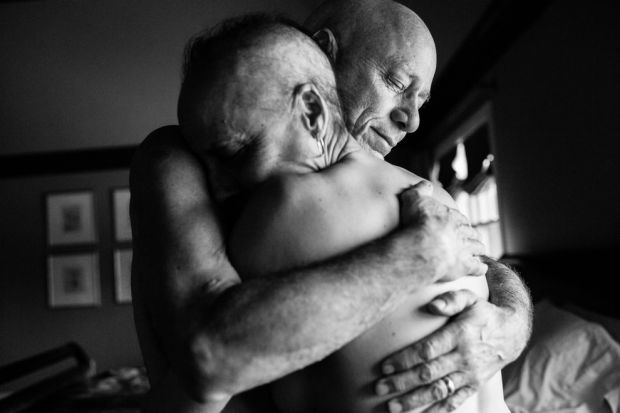
Damaged Goods?
If you see yourself as damaged goods, you probably assume your partner feels as you do. But that simply isn’t a given.
One consequence of feeling less than lovable is fear of being abandoned. It’s true that in some cases a man sees his partner’s altered body as a personal reflection of his value—and just wants out. Other partners simply come apart under stress.
Overall, though, following a diagnosis of breast cancer, just as many women leave their husbands as are left by husbands. They don’t want to waste their time in an unfulfilling, unhappy marriage.
Flawed marriages don’t have to come apart, with or without breast cancer. Divorce rates are not higher among couples in which a woman has had breast cancer. Sometimes the shock of a cancer diagnosis pushes partners in a troubled relationship to consider the source of their problem and seek counseling.
Or YOU may be the one who responds unpredictably. One very independent woman became overwhelmed, uncertain, and very dependent when her breast cancer was diagnosed. This new ‘frailty’ devastated her, and her marriage went through a rough spell till she finally returned to something of her old self.
Talking, Telling & Supporting Each Other
It would be nice to have a partner who understands and helps you feel better as you work to get back your old confidence, but that may just be unrealistic. He or she is probably suffering, too, and may be less able to express that suffering than you are. So each of you have all this emotion buried somewhere inside.
Ginny could not understand her husband’s silence. ‘What’s the matter with you? Why don’t you talk to me about what’s happening? I have CANCER! I could die! Say SOMETHING!’ Ginny felt as though she was yelling at a stone wall.
Breast cancer has become so common that most men have someone close in their life who has suffered the disease. There’s no way to predict how any man will respond, but there is no doubt that many men are supportive and prepared to continue the relationship.
Women may find it easier to talk to one another, and lesbian partners may be particularly sensitive and supportive. It is also true, however, that a woman may feel especially vulnerable and personally threatened if her partner has breast cancer, knowing this disease is one that can affect her as well.


 If your appetite is suppressed, if you need to build up muscle, if you need to put weight on, or if you are worried about insufficient protein.
If your appetite is suppressed, if you need to build up muscle, if you need to put weight on, or if you are worried about insufficient protein.




